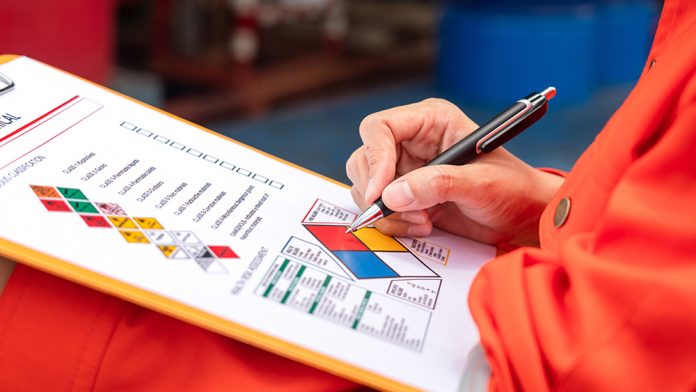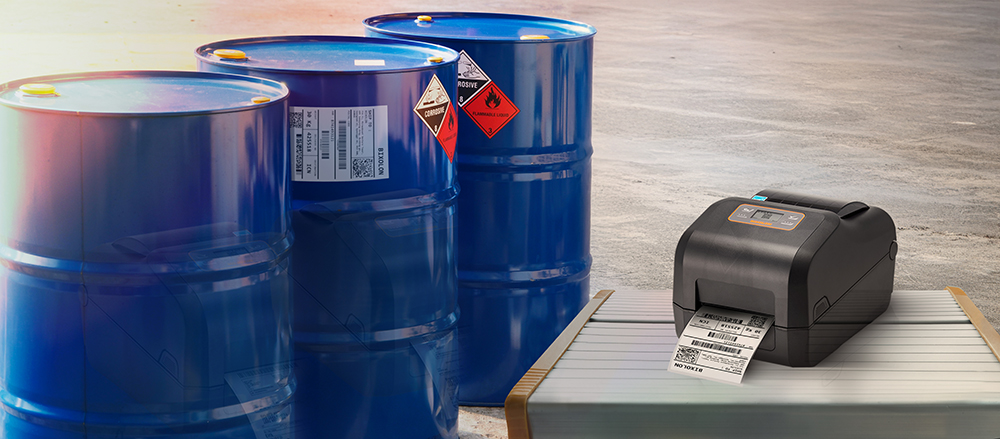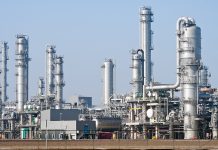Hazard studies are a well-established and essential practice within the chemical industry and are intended to enable effective planning, implementation and safe operation of hazardous systems and processes.
Although studies such as Hazard and Operability (HAZOP) analysis are indeed well known and widely performed, is there a risk that we could be missing out on valuable process, safety and financial benefits by overlooking earlier, more fundamental, types of hazard study? What is the value of ensuring a staged and methodical approach? Whilst different studies are relevant for systems at all stages of their life cycle, consideration is given here to the benefits of a staged and methodical approach for planned new systems since, arguably, the benefits to be gained are greatest.
Generally speaking, there are eight types of hazard study (HS), beginning with HS0 (Inherency) at the research stage and extending to decommissioning at HS7. HS0 identifies the most fundamental or inherent means of minimising risk, so as to reduce later reliance on protective measures for an inherently hazardous system.
Following this is HS1, the ‘Concept study’, which is checklist-based at the start of process development and ensures an adequate understanding of the project, processes and materials. Often, these studies come up with numerous actions and suggestions that can really help with the design and again help to minimise the need for more protective systems and retrospective design changes at later stages in the project.
Hazard Identification (HAZID), or HS2, is again a prompt-based study which uses guidewords to help the study team identify hazards within a proposed design. This study is more structured around the proposed design than HS1, with the main purpose being to identify hazards and then suggest ways of eliminating or minimising them before it is too late to do so. Without HS2, unidentified hazards may remain and then cause problems in later hazard studies when the design is more difficult to change, or even at the construction or operation stages.
There is often an eagerness to jump straight to HS3, without performing earlier studies. Whilst HAZOP can be an incredibly valuable tool, without the supporting earlier studies, actions and improvements, it risks becoming a design review. This can repeat the pattern, with the HAZOP failing to identify key hazards and operability issues, potentially resulting in significant costs at later stages. It is all very well preaching the benefits of a methodical approach, but there is often a reluctance amongst design/engineering teams to take a step back and look at things more fundamentally using earlier hazard studies. However, experience has shown that such reluctance rapidly evaporates once, for example, a series of improvements has been identified during an HS1. Often this is quite a positive experience for the team and provides constructive momentum for subsequent studies, maximising the quality, findings and improvements along the way.
Once the HAZOP has been effectively carried out, the need for subsequent studies remains in order to ensure that the intentions and actions from earlier studies have indeed made it as far as the final design and build. This is where HS4 and HS5 come in and help to verify the safe, efficient and intended state of a new installation. This includes both the inspection of documentation and procedures as well as viewing the plant as constructed so that aspects discussed in the hazard studies can be seen first-hand.
The final two types of hazard study include a post start-up check (HS6) after the system has been up and running for a short while to make sure the system is functioning as intended and to identify any issues that have occurred and which may need addressing. The final study (HS7) deals with the demolition of a plant when it has reached the end of its life cycle. Naturally, this needs to be done in the safest and most efficient way possible.
Overall then, the point is not a new one, but is nevertheless often overlooked. Taking the time to go about hazard studies in a staged and methodical manner will provide benefits for the safety and efficiency of a new installation, together with financial savings that would otherwise not be possible.
Rob Ritchie and Carolyn Nicholls









